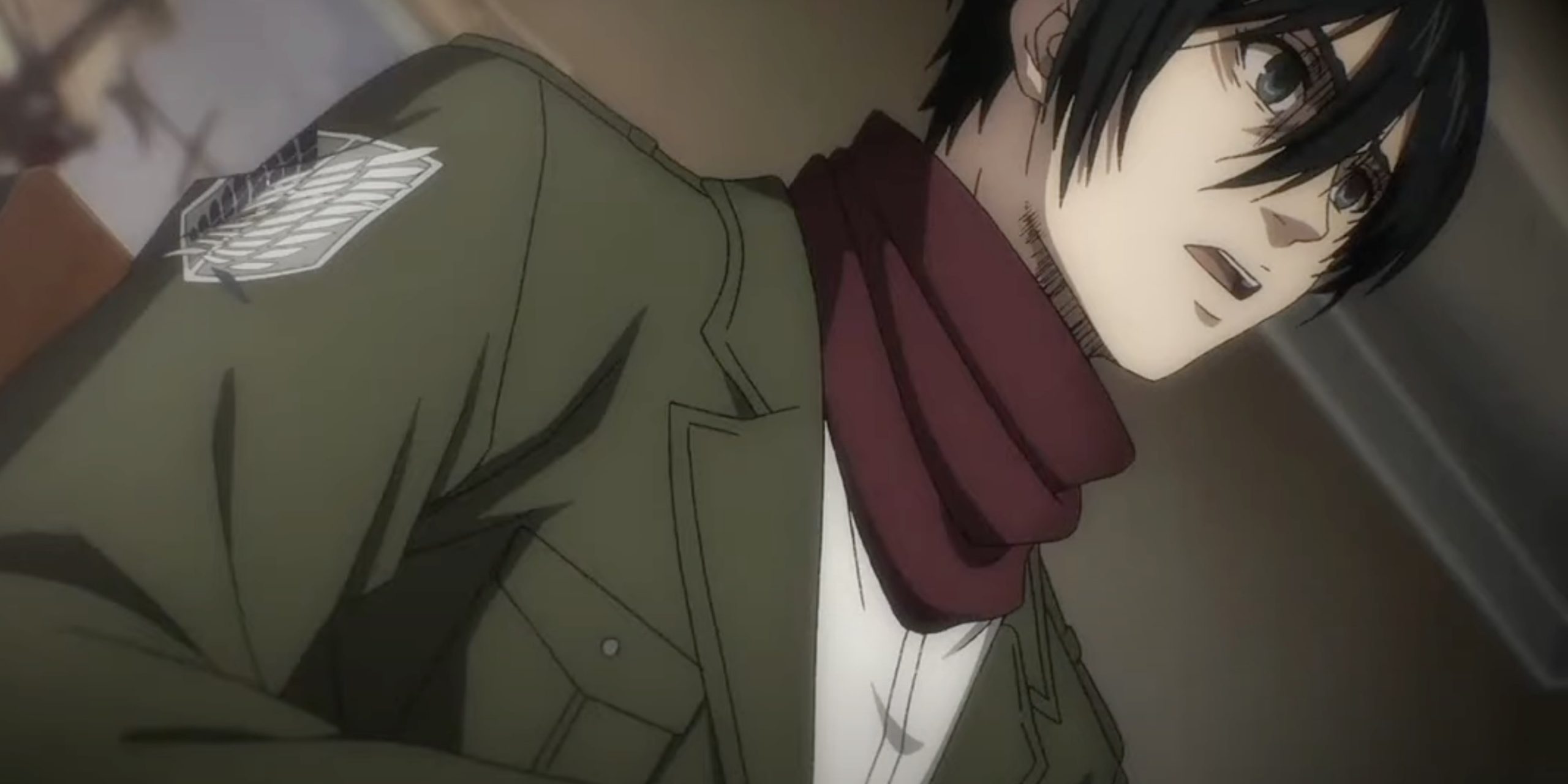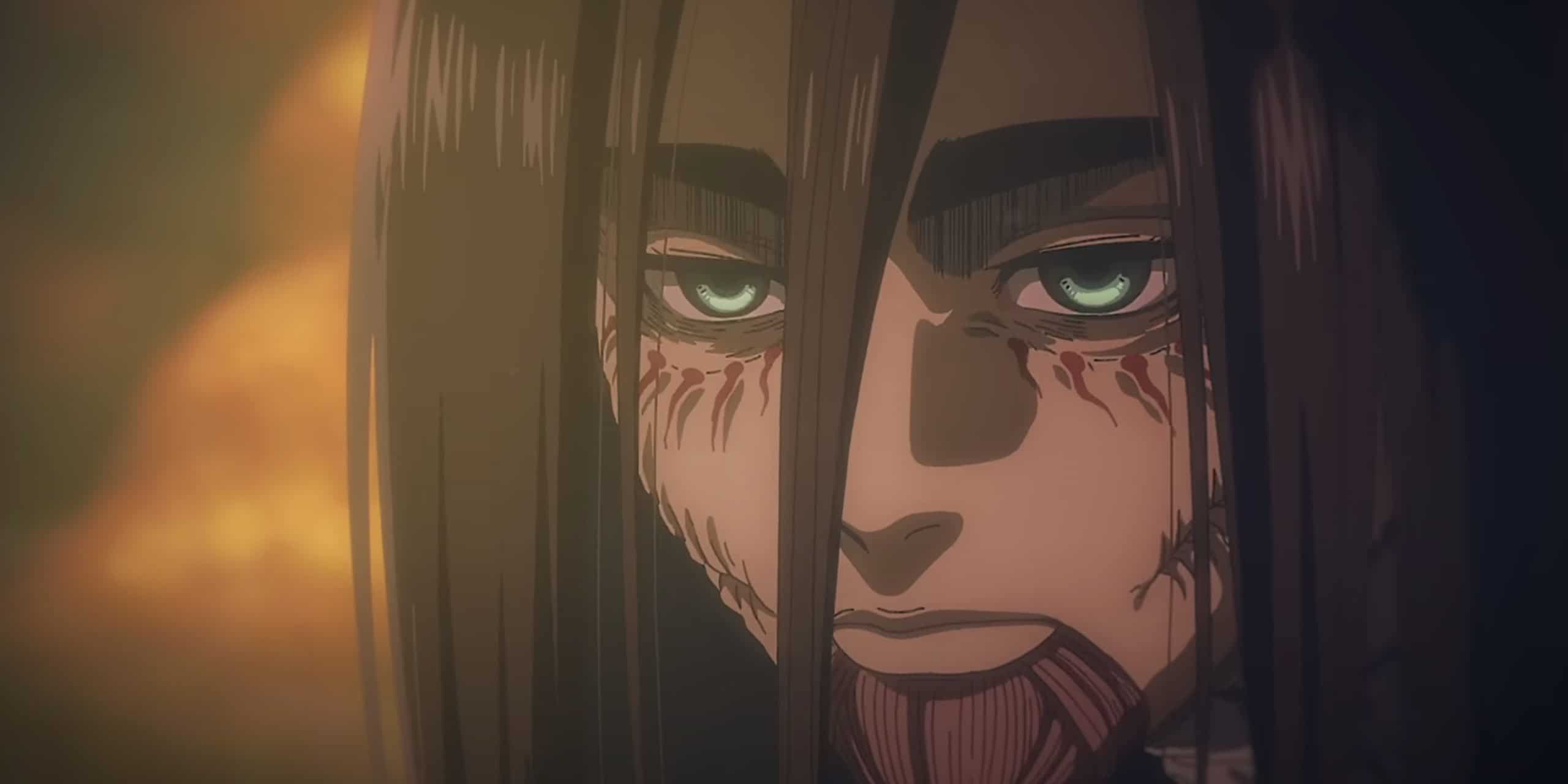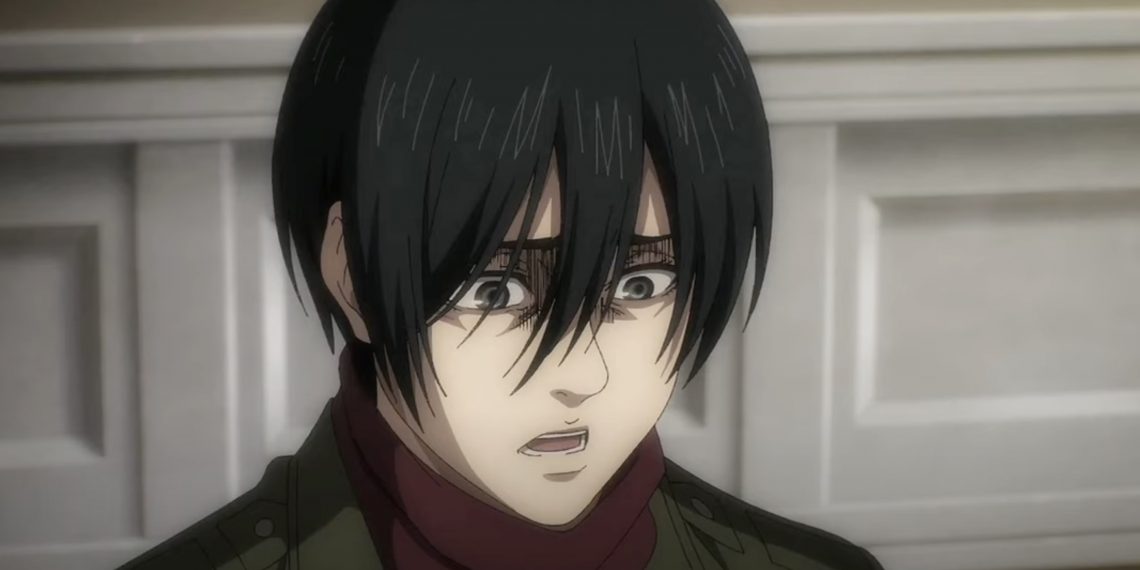The winds of war raged as Mikasa Ackerman charged into the fray, her beloved red scarf left behind, billowing in her wake. That tattered cloth, which once meant refuge, now drifted abandoned – a vivid symbol of Mikasa’s metamorphosis. That is why fans of the series are wondering – Why Did Mikasa leave her Red Scarf Behind? Explained
No longer did she require the scarf’s reassuring embrace. For too long, it had tethered her to past trauma, binding her tight to the identity Eren gave her. Now, Mikasa defined herself. She had outgrown the scarf’s maternal comfort as her inner strength awakened.
With eyes fixed on saving Eren, Mikasa’s focus shone clear. Her path is carved out by fierce loyalty, not childish attachment. This was a woman wielding her power for noble ends. The scarf, once cradling her vulnerability, could not shield her mission.
Like a butterfly shedding its cocoon, Mikasa emerged reborn. Her true colors shone as she soared bravely into battle. The scarf’s abandonment marked the dawn of a new era. Gone was the girl – now a warrior took flight.
The Importance of Mikasa’s Red Scarf
Ever since Eren wrapped the red scarf around her as a child, it has been an essential part of Mikasa Ackerman’s character. She continued wearing this scarf from her Cadet Corps days after joining the Survey Corps as a soldier.

The scarf represents familial bonds and belonging for Mikasa. After her parents were brutally killed, Eren became her new family when his father, Grisha, adopted her.
By giving Mikasa the scarf, Eren provided warmth and acceptance when she needed it most. The red scarf came to symbolize the idea of home and finding a place to belong in the aftermath of tragedy for Mikasa.
As she grew up, the scarf remained an iconic part of Mikasa’s look, keeping the memory of Eren’s kindness alive. It reminded her of his belief in her inner strength and abilities. The scarf tethered her to Eren emotionally.

Even as Eren becomes harder to understand and changes in ways beyond her control, Mikasa stubbornly clings to the scarf like a relic of simpler times. It encapsulates her unyielding loyalty and devotion to Eren – at times feeling almost obsessive.
The scarf represents Mikasa holding onto an idealized, incorruptible image of Eren as her anchor in an uncertain world. She is unable to relinquish the scarf or what it symbolizes about their profound bond, both good and bad. Keeping the scarf close is Mikasa’s way of maintaining that feeling of home and acceptance it first gave her long ago.
Why Did Mikasa Leave Her Red Scarf Behind? Explained
Mikasa’s entire outlook is turned upside down when Eren makes the shocking claim that her lifelong devotion and protectiveness stem only from her Ackerman bloodline, not her own free will. According to Eren, the experiments done on the Ackermans created human weapons – super soldiers designed to serve and obey a superior after being “awakened.”
Eren implies that when he told Mikasa to fight back against her kidnappers as a child, it flipped a switch in her Ackerman genes, binding her to Eren as her superior. In Eren’s view, Mikasa did not consciously choose to care for and follow him all these years – she was compelled against her will by her genetics.

This revelation rocks Mikasa to her core, forcing her to rethink her whole life through this disturbing lens. The beloved red scarf she always found comfort and hope in now feels like a shackle, a symbol of her predetermined servitude rather than familial bonds. Her relationship with Eren feels fake, dictated by DNA instead of real human connection.
Inexplicably, Mikasa does not doubt Eren’s theory, rationalizing her blind acceptance as just further proof of her Ackerman blood controlling her mind and actions. When the time comes to rescue Eren from Marley, Mikasa purposefully leaves the scarf behind, no longer wanting to bear its burden.
She tells Louise she is neither a slave nor god but simply a human being. Abandoning the scarf signals Mikasa’s attempt to break free from the chains of her bloodline and Eren’s control to gain self-determination.
She perceives herself acting of her own free will for the first time. This symbolic act marks a dramatic turning point for Mikasa’s character.





